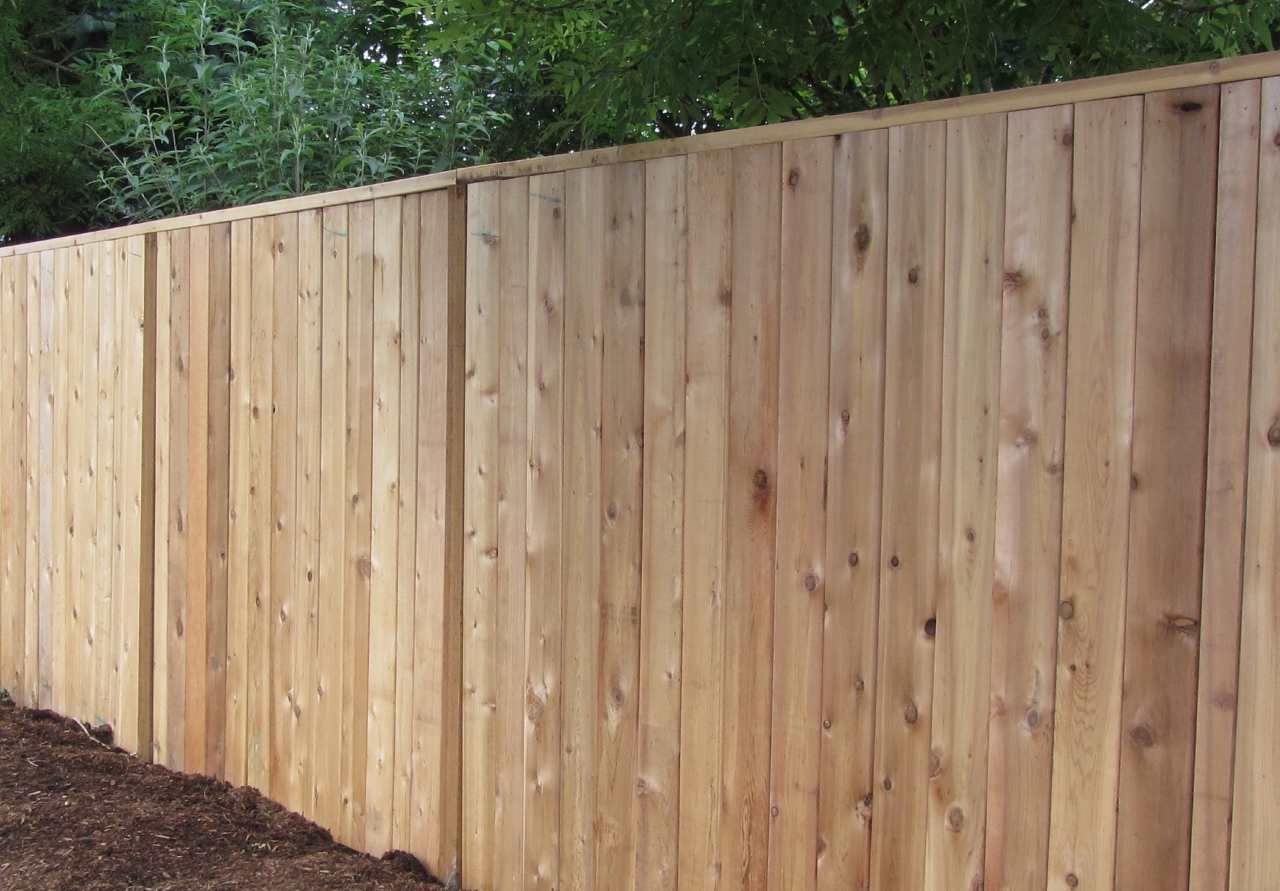Are you looking for a way to add privacy and style to your outdoor space? Tongue and groove fencing is a great option! This article will teach you more about tongue-and-groove fencing and its benefits.
Tongue and groove fence pickets fit together snugly, creating an attractive and effective privacy fence. Tongue and groove fencing is also called “lock board fence.”
The boards are typically made of wood and feature a thin, protruding “tongue” on one edge and a corresponding groove on the opposite edge.
To fit the boards together, you must align the tongue of one board with the groove of the adjacent board. The tongue should slide smoothly into the groove, creating a snug fit. Inserting the tongue into the groove locks the two boards together tightly.
Benefits of a Tongue and Groove Fence
This interlocking mechanism provides strength and stability to the fence and helps prevent moisture and debris from getting trapped between the boards, which can cause damage and rot over time.
Due to the interlocking design, tongue and groove fences offer more privacy than typical stockade-style privacy fences. In contrast, stockade fences must be built with spacing between the pickets due to the expansion of the wood. With a tongue and groove fence, this expansion occurs in the groove and does not create a visible gap.
Overall, tongue and groove fences or fence panels create attractive and durable fences.
Tongue and groove fences are popular for their great look. They are made with treated Western Red Cedar or Eastern White Cedar to prevent rot and extend the life of the fence. These fences can be as tall as desired, usually ranging from 6 to 8 feet tall.
This type of fence is resistant to insects and decay, making it a great long-term investment. Outdoor Essentials offers a 6 ft. x 8 ft. Cedar Tongue-and-Groove Solid Top Fence Panel that is available with a project calculator to help determine the necessary materials.
Types of Wood Used for Tongue and Groove Fencing
You can choose from a variety of woods for your interlocking fence, each providing its own unique look and feel to your yard. Western Red Cedar or Eastern White Cedar are popular choices for tongue-and-groove fencing due to its natural resistance to rot and insect damage. They are also lightweight and offer natural beauty.
Other options include spruce, pine, and fir, which tend to be more affordable and easier to find. All of these woods are durable and can stand up to the elements over time. However, they require more maintenance than cedar and may not last as long.
When it comes to the design of your tongue-and-groove fence, you have several options. A solid top is the most popular choice, but you can also choose trellises, decorative post caps, or a hill and dale style.
No matter what type of wood you choose for your fencing, make sure it’s properly treated and sealed to protect it from the elements and to ensure it lasts for many years.
Frequently Asked Questions
Conclusion
You now know all about tongue and groove fencing and the benefits it offers. With its durable materials, attractive design, and simple installation, it’s no wonder why so many homeowners choose this type of fence.
Plus, with the right care and maintenance, it can look great for years to come. When choosing a tongue and groove fence, make sure to consider your budget, the size of your space, and the type of wood you want.
With the help of professional fence contractor, you can find the perfect fence for your unique needs. So why wait? Get started on your new tongue and groove fence today!
